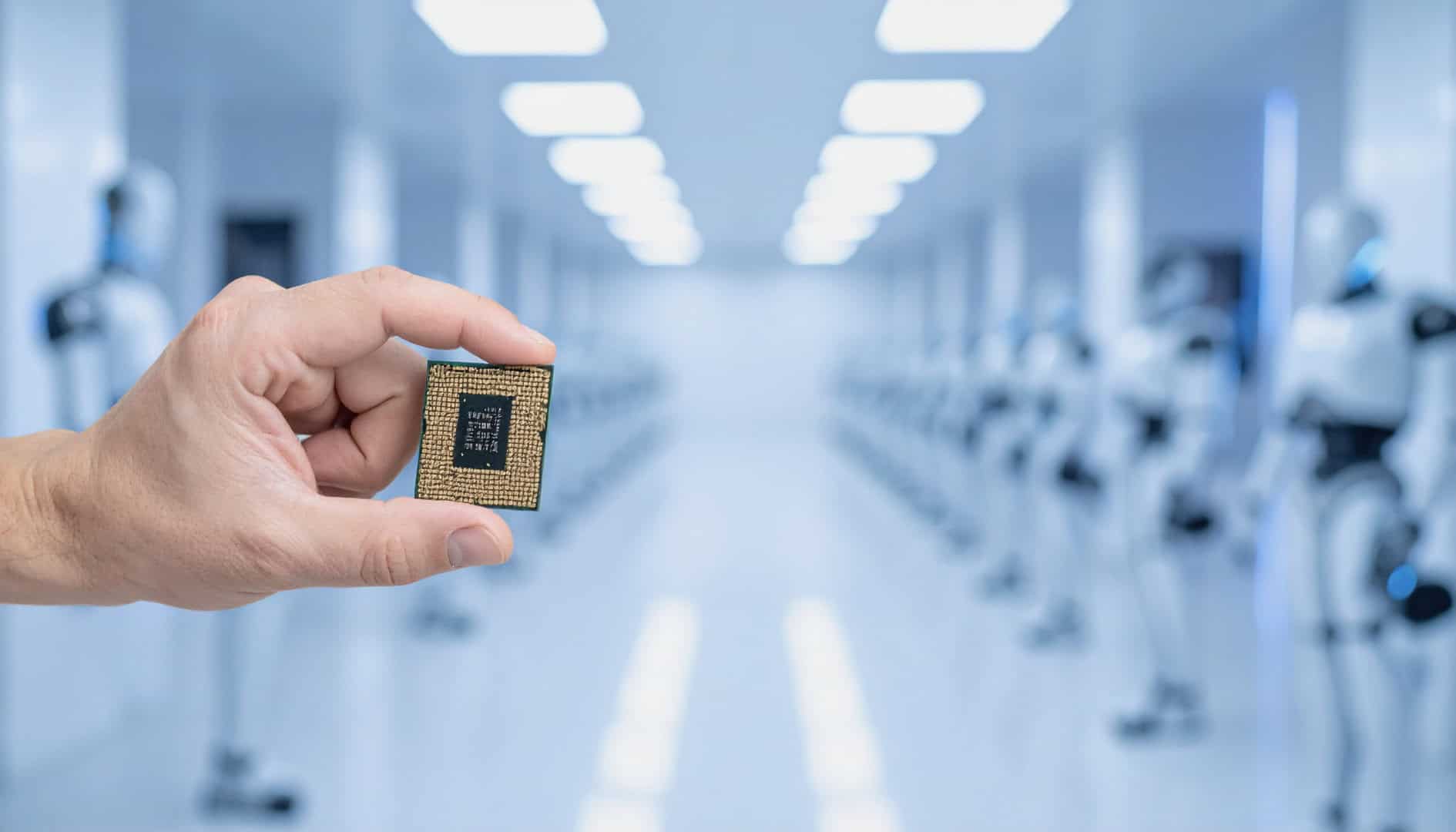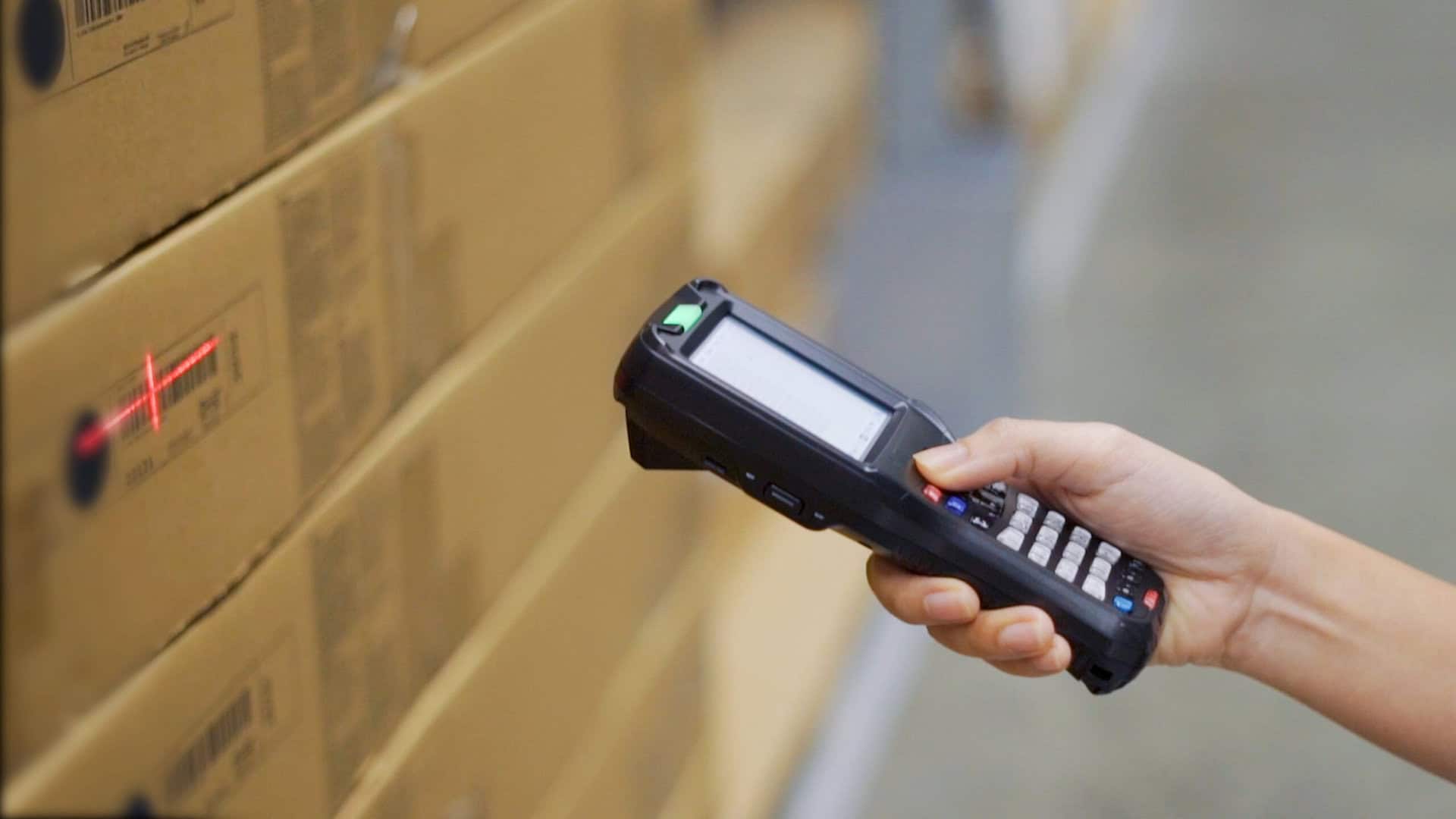Partner Blog
by James Woo/Zebra
One Expert Explains How And Why We Must Learn From Each Disaster And Crisis To Strengthen Healthcare’s Supply Chain And Expand Surge Capacity.
For many acute and non-acute care facilities around the world, COVID-19 has been a wakeup call – a reminder that there are still public health crises that cannot be predicted or controlled. It has also become a critical call to action.
As the saying goes, “there’s always a disaster waiting to happen.” Yet, the reality is that disasters do not wait for anyone or anything to strike. COVID-19 is not the first – nor will it be the last – event to necessitate large-scale, long-term healthcare and resource commitments. It is also not the only “disruptive” event challenging healthcare systems or supply chains around the world right now.
Fires, floods, earthquakes, cyclones, workplace accidents and wars occur nearly every day somewhere in the world, with most warranting large-scale medical interventions that demand timely response and skillful inventory management. And COVID-19 is not the only infectious disease outbreak that healthcare professionals are currently working to treat and contain. Resources are always being committed to mitigate the next epidemic or pandemic, but are the available resources able to address it at scale?
The next healthcare crisis could strike at any moment—whether days, hours, or even minutes away. To protect patients and ensure uninterrupted care, we must act now and commit to daily preparedness. By leveraging mobile device management solutions, healthcare organizations can strengthen their resilience, safeguard critical data, and maintain continuity in care even in the face of uncertainty.
If you are reading this and thinking “that’s easier said than done,” know that I agree 100%. I have been in healthcare for more than a decade and understand all too well that no amount of planning can fully prepare healthcare providers – or anyone – for any type of disruptive event, including the ones we have encountered before.
Just look at the challenges posed by the months-long bushfires in Australia or the back-to-back earthquakes in Puerto Rico last year. Fires and earthquakes are common occurrences. We know what type of medical equipment and supplies will be needed to respond. Yet clinicians and medical field teams found it difficult to anticipate and allocate the high volume of resources required for these specific incidents. (Even the best data scientists cannot accurately account for the innumerable variables of Mother Nature, human behavior or pathogen mutations in their predictive models.)
In other words, COVID-19 is just the latest incident to remind us that even the best-laid plans for a worst-case scenario may not be sufficient to sustain a prolonged response – or respond to multiple emergencies simultaneously. We just do not know if our supply chains are strong enough or surge capacity is large enough until we’re in the thick of things.
That being said, I have also come to understand that there are several simple, measured steps that healthcare systems can take to ensure they have the resources and resiliency to successfully manage a spike in emergency cases without overwhelming staff, depleting supply chains or disrupting normal acute and non-acute care services.
FROM SUPPLY CHAINS TO SURGE CAPACITY: FIVE WAYS THAT TECHNOLOGY CAN BE USED TO HELP HEALTHCARE SYSTEMS PREPARE FOR THE UNKNOWN
Though we cannot predict the future, we can learn from experience and better adapt to mitigate future challenges and improve care capabilities (without comprising safety or privacy standards) if we have the right systems in place.
Healthcare systems need time to upgrade and improve, hence a need to start investing in healthcare-grade technology solutions that allow them to digitalise workflows, adapt processes, implement new policies, increase data accessibility and quickly scale operations up or down as needed. These are the five types of technology investments that should be prioritised:
2. Thermal and mobile printers
3. Wristbands
4. Clinical smartphones (i.e. handheld mobile computers) with built-in barcode scanners
5. Real Time Location System (RTLS) or similar solutions (i.e. RFID, BLE)
Here are six reasons why:
1. Patient identification: Printing a wristband for each patient during the admission process may be a basic process, but it serves as a critical foundation for patient safety for the duration of the hospital stay. Positive patient identity is a critical component to minimising increased patient safety lapses during a surge in patient admission when healthcare manpower is pushed to the limit. A single barcode scan can help care team members confirm a patient’s identify even when he or she isn’t responsive, and that helps to ensure the right patient is receiving the right tests and treatments (including the five rights to medication administration) every time.
2. Care team collaboration: Clinical smartphones with voice, text and email communication capabilities facilitate a collaborative, multi-disciplinary approach to treatment for complicated cases as well as ageing patients, resulting in better care of patients during emergency situations. It serves as a good platform to host emerging mobile healthcare solutions for an integrative experience to augment the work of the care teams.
3. Track and trace of critical assets: RTLS using RFID technologies, in combination with mobile computers and scanners, enable staff to immediately locate and re-deploy limited equipment and supplies in real time. Such capabilities prove highly valuable in life or death situations or in overcrowded facilities. Track and trace technologies can also aid with patient oversight when clinical resources are overstretched. They can help staff better identify and focus on patients needing critical treatment and attention. One foreseeable post COVID-19 action is the move toward a distributed care environment to even out future patient surges, making the use case for track and trace of critical assets a highly relevant one.
4. Inventory management: Clinical smartphones and scanners can sync with inventory management systems for the automatic identification and reporting of supply shortages. By simply scanning an empty box of gloves or specimen vials prior to disposal can prompt procurement to re-order and possibly increase quantities in the next order depending on current use rates. Supply chain partners can also monitor inventory levels to improve their planning and fulfillment capabilities based on these real-time usage scans.
5.. Infection control: Workflow digitalisation is inevitable with healthcare modernisation, and only healthcare-grade devices should be authorised for use within any patient setting. They are designed with special plastics that can be constantly cleaned to strict infection control standards using medical-grade cleaning agents without the risk of product failure. You can learn more about device cleaning standards in this blog post.
6. Case load management: Healthcare-grade mobile computers are a force multiplier, empowering your clinicians, nurses, front-line staff and allied health workers to see more patients by minimising the number of steps taken during the day, automating certain tasks and providing real-time actionable intelligence in situations when every second counts. The ways in which they help free up time are numerous, but here are a few examples:
– In conjunction with other patient monitoring systems in critical care facilities (e.g. ICU), vital sign alerts can be sent to clinical smartphones for immediate documentation and/or action without the need for constant manual monitoring.
– EHRs can be updated immediately to help track patient progress and inform treatment decisions by geographically dispersed care teams.
– Test results can be sent straight to the mobile device in near real-time, eliminating the need for constant checks on the “computer on wheels” (COW) and/or nurse station.
– Assuming RFID tags or other RTLS technologies are active within the facility, staff can immediately locate limited-quantity equipment and improve its utilization, such as beds, wheelchairs, IV poles, pumps, ventilators, etc.
– Printing of specimen label and the scanning of medications, IV bags, wristbands and other assets requiring verification or electronic health care record (EHR) correlation can be carried out on the spot at the point of care.
I also recommend that you assess the scalability of your digital workflow applications and their compatibility of your software systems with healthcare-grade devices.
Technology can play a powerful role in healthcare’s emergency preparedness and agility. However, mobile devices and printers are not simple plug-and-play solutions. Healthcare IT systems are complex, and it is imperative that you take the time now to understand their capacity to support patient surges, new use cases and the onboarding of new patients. It is hard to completely overhaul systems or replace an entire fleet of devices when you are in the midst of a crisis.
The COVID-19 outbreak has forced many hospitals, clinics and labs to implement new triage, testing and treatment processes, many of which have required the fast implementation of novel mobile computing, scanning and printing applications. And many of these deployments have been seamless because healthcare facilities either had the foundational system components in place already and just needed some assistance scaling or opted to deploy proven technology solutions in healthcare environments that are easily configured and secured to healthcare’s strict standards.
You might want to check out these interviews when you have a few minutes to hear from front-line teams about what it took to expand care capabilities in the early days of the COVID-19 outbreak:
A FINAL THOUGHT: THE POWER OF COLLABORATION WITH THOSE OUTSIDE YOUR FOUR WALLS
Disruptive events, whether a natural disaster or disease outbreak, do not discriminate. They affect populations and, therefore, healthcare systems equally. No one is immune to pandemic-level events or the inventory challenges and patient admission surges that come with them. Therefore, healthcare providers and supply chain partners need to prepare with equal vigor, regardless of facility size or funding source.
Though collaboration between care teams and IT within facilities is critical in on-boarding new technology solutions or re-engineering processes, I also encourage physicians, nurses, administrators, solution providers, data scientists, researchers and public health officials to share stories of both failure and success with the global healthcare community. This is how we maximise our collective readiness and develop greater agility in every emergency situation, whether the impact is local, regional, national or international.
By imparting our domain expertise and publicising demonstrated best practices across regions – such as the technology best practices I just shared – individual facilities and practitioners will have the actionable intelligence needed to prep for patient surge, fortify supply chains, better manage on-hand inventory, increase care capacity and improve the quality of patient care in both routine practices and emergency postures.
###


